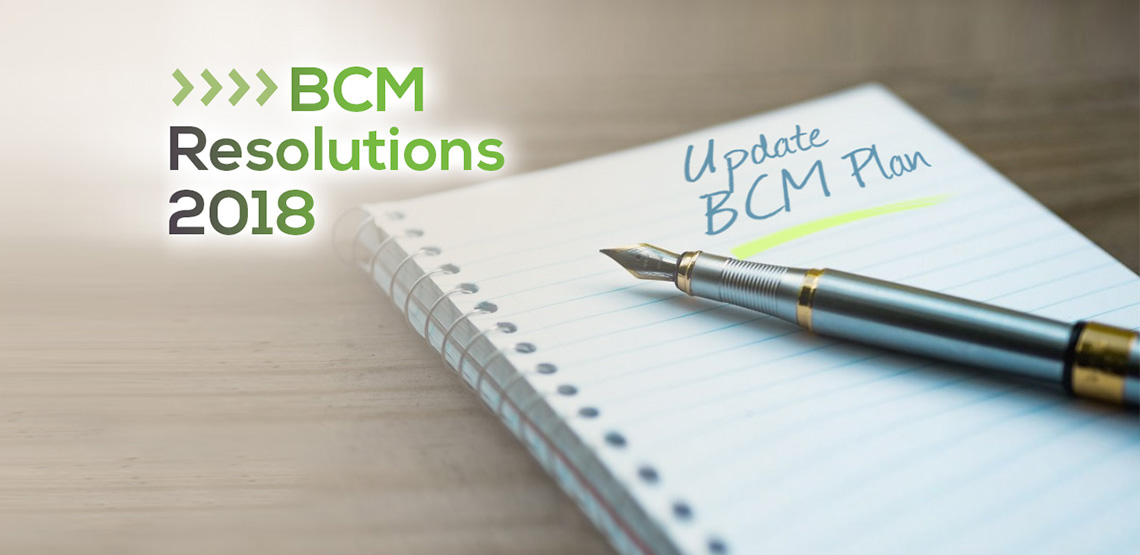January is almost over. If you haven’t made your Business Continuity New Year Resolutions this is your last chance. If you made them and broke them, here’s a chance at a fresh start! Don’t focus on metrics (more plans, more tests, etc.); those are the equivalent of ‘exercise more, eat more vegetables: the kinds of metric New Year resolutions we all break easily.
Instead, focus on what you already know – and simply do more of it! Take time to consider your deficits, and resolve to gain knowledge and take actions that will improve the value of your BCM program:
Organizational Criticalities – Improve your grasp of your organization’s operations – not just its mission and org chart. Understand which Business Processes directly contribute to the organization’s products and services.
BIA’s – Armed with that knowledge, focus annual BIA efforts on those critical processes. With fewer BIA’s, use time saved to probe for dependency information (rather than qualitative impact measurements). It’s more important to understand what that Process will need to enable recovery than how many theoretical dollars they may lose.
Plans – Armed with knowledge of dependencies (facilities, people, technology, suppliers and other processes), you can help critical Process Owners develop viable, actionable plans to respond to any disruption of their critical assets – not just a set of predetermined scenarios.
Incident Management – Get serious about making Incident Management a function (not a fairy tale). Make incremental improvements in your Incident Management capability. Analyze your current Communications capability – and determine how to improve it. Schedule and conduct an Incident Management exercise. If you can’t get your IM Team to participate, rethink who’s on that team!
Stop doing what’s comfortable. Take some risks. Show Senior Management that you understand what’s important – and how BCM can improve your organization’s resilience.











